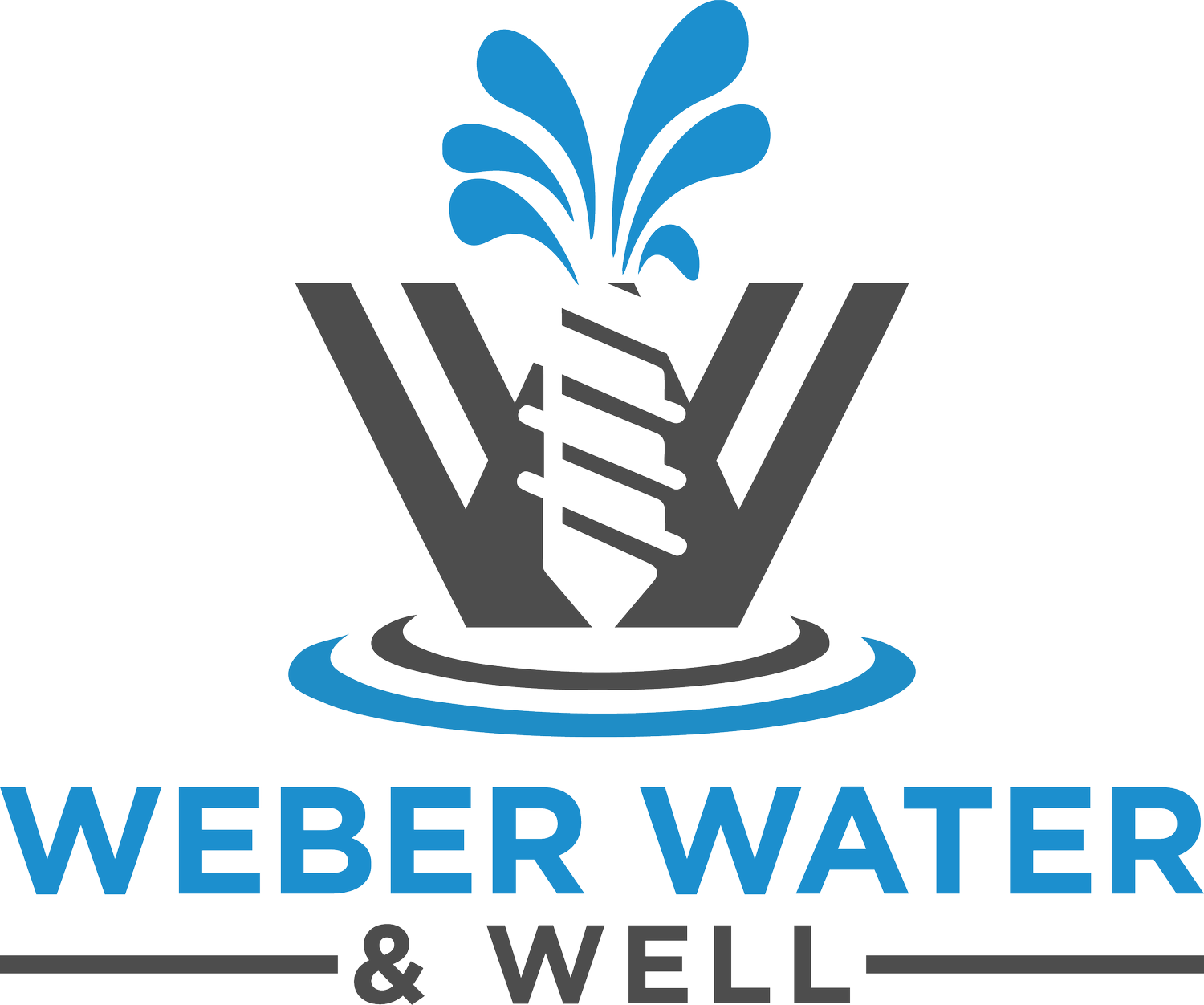The Impact of Commercial Well Drilling on Sustainability
As the demand for water continues to rise, commercial well drilling has emerged as a crucial solution to supply clean water. However, with this practice comes a significant impact on our planet's sustainability. In this blog, we will explore the multifaceted effects of commercial well drilling, shedding light on its benefits and potential pitfalls. Together, let's delve into the balance between resource extraction and environmental stewardship.
Understanding Commercial Well Drilling
Commercial well drilling refers to the process of creating wells to extract groundwater for various purposes, including irrigation, industrial use, and drinking water supply. This essential practice ensures that communities have access to reliable water sources when surface water is inadequate.
The types of commercial wells vary greatly in design and function. From simple dug wells to more advanced drilled wells that reach deeper water sources, each type serves a specific need. Understanding these variations helps us appreciate the complexity and significance of the well drilling process.
Moreover, it's important to recognize the technological advances that have been made in this field. Modern drilling techniques not only increase efficiency but also minimize the environmental footprint. For instance, the use of remote sensing and hydrogeological studies helps identify the best locations for drilling, thereby reducing unnecessary land disturbance.
The Role of Water in Sustainability
Water is a vital resource that supports life, ecosystems, and economies. It is often said that without water, there is no life. This statement holds particularly true when we consider how integral water is to food production, energy generation, and overall health and well-being.
As we move into an era of climate uncertainty, the importance of sustainable water management becomes even more pronounced. The pressure on existing water resources is mounting due to population growth and changing consumption patterns. We must address how water can be both a resource and a responsibility.
Challenges posed by water scarcity are manifold, affecting millions of people worldwide. In many regions, access to clean water is not just a luxury; it is a daily struggle. In this context, commercial well drilling plays a pivotal role, but it must be done thoughtfully to ensure that we safeguard our future.
Benefits of Commercial Well Drilling
While there are concerns, commercial well drilling has several benefits. Access to clean water is perhaps the most significant, facilitating agricultural practices and improving community health. With proper management, these wells can support not just local needs but also regional economies.
Additionally, commercial well drilling supports agricultural practices in arid regions where rainfall is inconsistent. Farmers rely on groundwater for irrigation, ensuring that crops receive the water they need to grow. This relationship enhances food security, showcasing the vital link between water accessibility and sustainable agriculture.
Moreover, the economic benefits are substantial. By ensuring a steady water supply, businesses can thrive, boosting local economies. The jobs created in the drilling and management of wells contribute to the socioeconomic stability of communities, proving that water and economic health are intertwined.
Potential Environmental Impacts
Despite its benefits, commercial well drilling can have adverse effects on the environment. Groundwater depletion is a serious concern, particularly in regions where extraction rates exceed the natural recharge rates. This imbalance can lead to long-term ecological consequences, including loss of biodiversity.
Local ecosystems can also be affected. The drilling of wells can disrupt habitats and alter the natural flow of groundwater, impacting flora and fauna. The interconnectedness of water systems means that changes in one area can have ripple effects throughout an ecosystem.
Furthermore, potential contamination issues arise from poorly managed drilling operations. Chemicals used in the drilling process, coupled with runoff from surrounding areas, can compromise the quality of groundwater. This underscores the need for stringent regulations and monitoring to protect our water resources.
Balancing Needs and Stewardship
Finding a balance between the need for water and environmental protection is crucial. This balance becomes especially relevant as we consider the pressing demands of growing populations. Sustainable practices in commercial well drilling can mitigate negative impacts while providing necessary resources.
Regulatory frameworks are essential in guiding drilling practices towards sustainability. Implementing limits on extraction, enforcing monitoring systems, and promoting best practices can help safeguard water supplies and ecosystems. Engaging local communities in decision-making processes fosters a sense of ownership and responsibility.
Innovative techniques such as rainwater harvesting and aquifer recharge can complement well drilling efforts. By integrating these practices, we can enhance water availability while minimizing environmental impacts. Public awareness and education play a vital role in championing sustainable practices in our communities.
Case Studies: Successful Sustainable Practices
To illustrate effective methods, this section will share case studies of regions or companies that have successfully implemented sustainable commercial well drilling practices. Examples of such initiatives can provide inspiration and actionable insights for others seeking to adopt responsible methods.
A notable instance is a community in California that utilized innovative monitoring systems to regulate groundwater extraction. By collaborating with local agencies, they not only preserved their water resources but also improved their agricultural output. This exemplary model shows how community engagement leads to successful outcomes.
In another case, a company specializing in sustainable drilling technologies has developed techniques that reduce the environmental footprint of their operations. By utilizing precision drilling methods, they minimize land disturbance and conserve surrounding ecosystems, exemplifying that commercial well drilling can coexist with environmental stewardship.
Embracing Responsible Drilling Practices
The journey of understanding commercial well drilling and its implications for sustainability shows us the importance of responsible practices. While well drilling provides essential resources, it is imperative to focus on sustainable methods that protect our ecosystems. With careful planning, innovative technology, and community involvement, we can ensure that commercial well drilling contributes positively to our world.


